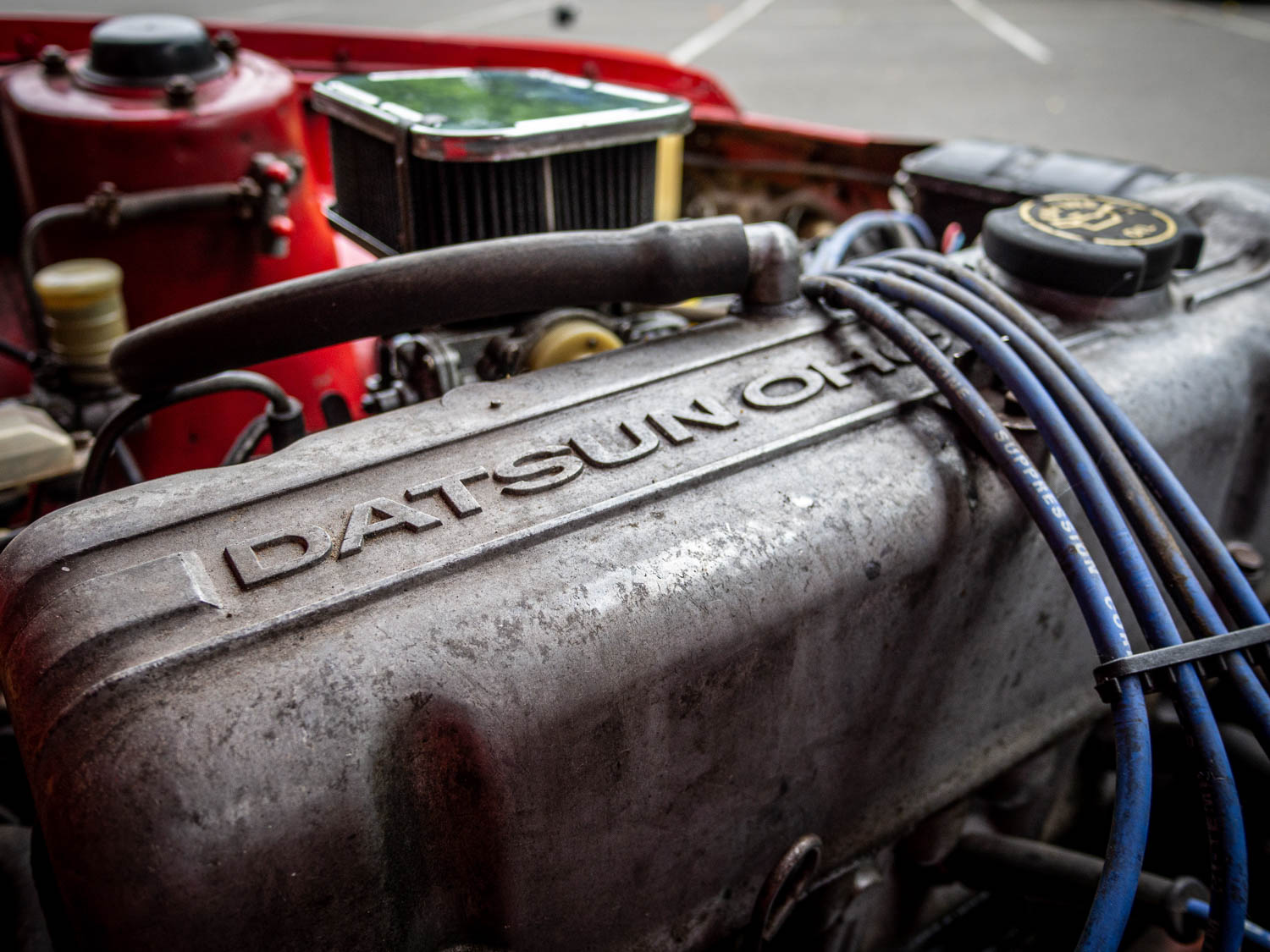The Datsun 510 is still a cheap thrill
If you have race-car dreams as you scroll through for-sale listings, you might be feeling discouraged by the prices of famously fast cars. Forget GT40s, Superbirds, and Cobras. You can still cosplay Bob Bondurant, Bobby Allison, or John Morton. Just pick up a 1968–73 Datsun 510.
Even if you aren’t planning a Trans Am racing revival, the “Nickel Dime,” or just “Dime,” as enthusiasts call it, looks crisp and cool. Beginning mechanics will find it simple and reliable, and it’s easy to make performance upgrades. Best of all, average #3 values for a good driver-quality 510 are about $10,000, which leaves plenty of cash left over for a BRE stripe package.
The Datsun 510 four-door sedan and wagon went into production in 1967, and a two-door coupe followed in 1968. Datsun wasn’t the first Japanese carmaker in America—that would be Toyota in 1957. Nor was the 510 the first Datsun in America; Nissan had been sending Datsun-branded cars over since 1958. But the 510 stands out because it was the first Datsun to offer looks and performance that suited American tastes, thanks to Nissan’s U.S. president, Yutaka Katayama, a.k.a. “Mr. K.”


He had a vision for Datsun in America as an affordable, friendly car that would offer modern handling and performance at a much lower price point than that of European rivals. He spent years trying to convince the home office in Japan that the cars needed more power. When the 510 debuted with a 1.6-liter L-series four-cylinder rated at 96 horses, sales went up for Datsun, and Katayama felt vindicated. Katayama understood how motorsports success could translate into sales, so he supported Bob Bondurant with cars for his nascent racing school, and when he saw former Shelby designer Peter Brock running Datsun roadsters under the BRE team name in 1968—and winning—he was eager to get him into the new 510. Brock liked that the 510 came with a semi-trailing-arm independent rear suspension and front disc brakes. He also noted that SCCA rules would allow him to bolt in the five-speed manual transmission from the Datsun Z, add his own springs and anti-roll bars, and dominate the small-sedan class in Trans-Am racing. Brock ran Trans-Am and SCCA with John Morton behind the wheel, and the team collected multiple championships. It even claimed a second-place finish in the Baja 1000. A clever promoter along with his laundry list of other skills, Brock often ran a second car in Trans-Am with guest drivers, including NASCAR great Bobby Allison, who described the 510 as “just a really nice little car.”
Automotive magazines at the time were less impressed by the 510 than was Allison, but then, they didn’t have a car prepped by Peter Brock. Road & Track felt that even though the car was “dramatically improved over the 410…the suspension bottoms all too easily and…those who want to make it sportier will want to increase wheel and tire size.” Still, R&T was complimentary about the value for the price ($2046 as tested) and felt that a 19.7-second quarter-mile and 25 mpg were laudable numbers for an economy car in 1968.

Because there were minimal redesigns over the course of the 510’s six-year model life, there isn’t much difference in price or collectibility between the years. Cautions about avoiding rusty cars apply; rust repair gets pricey fast. Electrical gremlins are another common problem, but there are plenty of solid cars out there. In the end, the best thing about a Datsun is the community that surrounds them. Honda might claim you’ll meet the nicest people on its bikes, but Datsun owners just want everyone to build the 510 of their dreams. There are online forums, cruising clubs, and multiple books available for any 510 restoration, from mild to BRE spec. Go out and make Mr. K. proud.
The article first appeared in Hagerty Drivers Club magazine. Click here to subscribe to our magazine and join the club.


